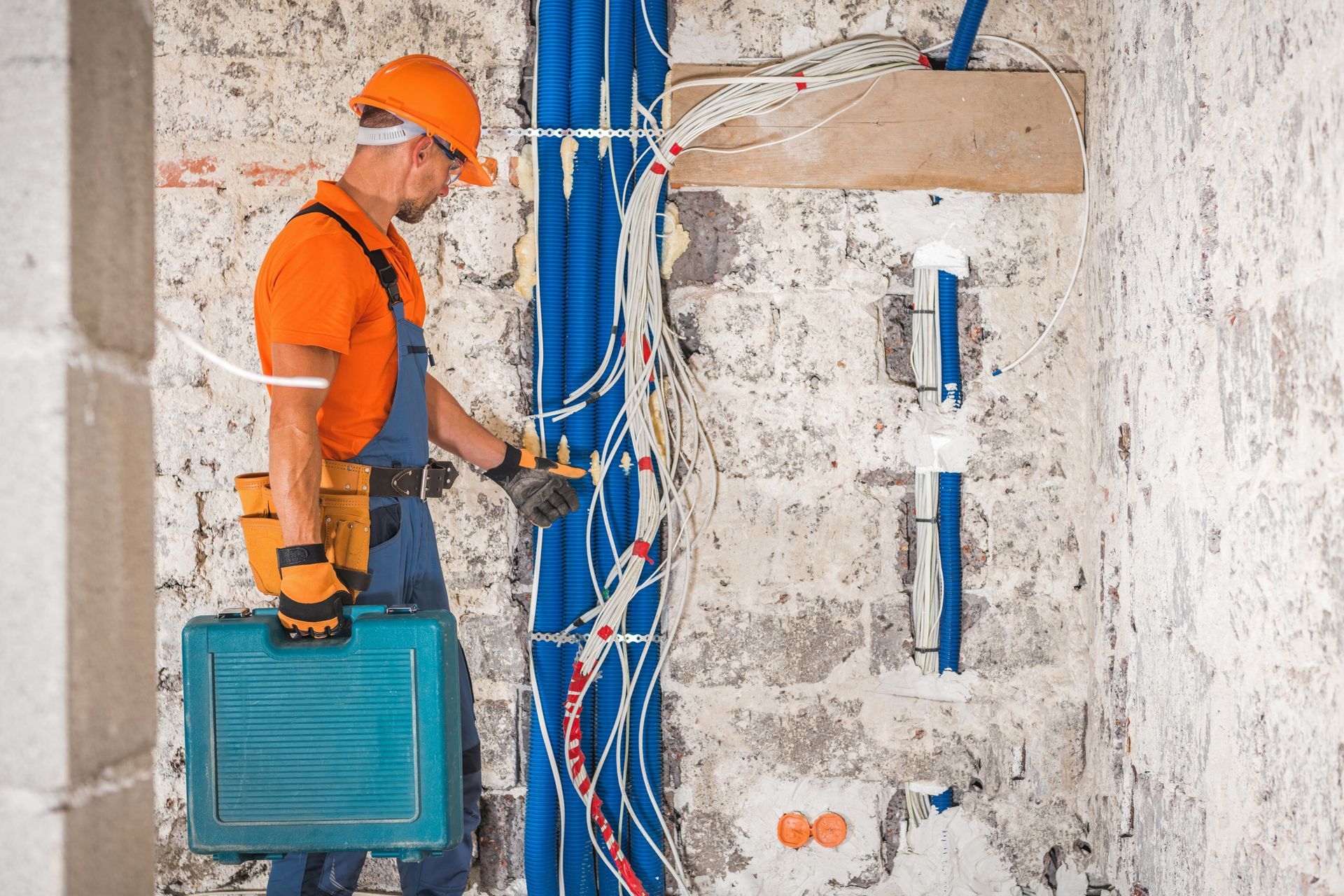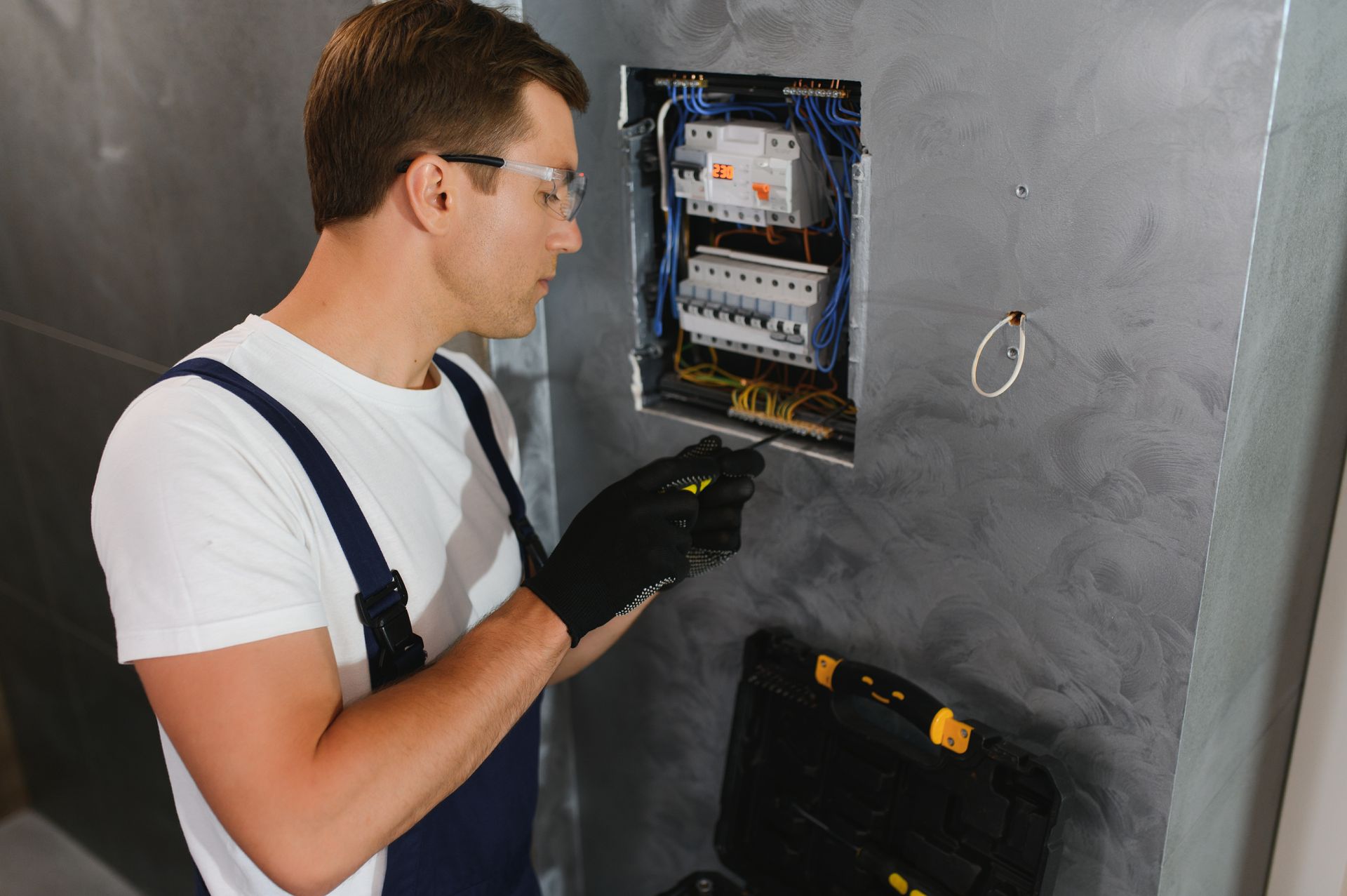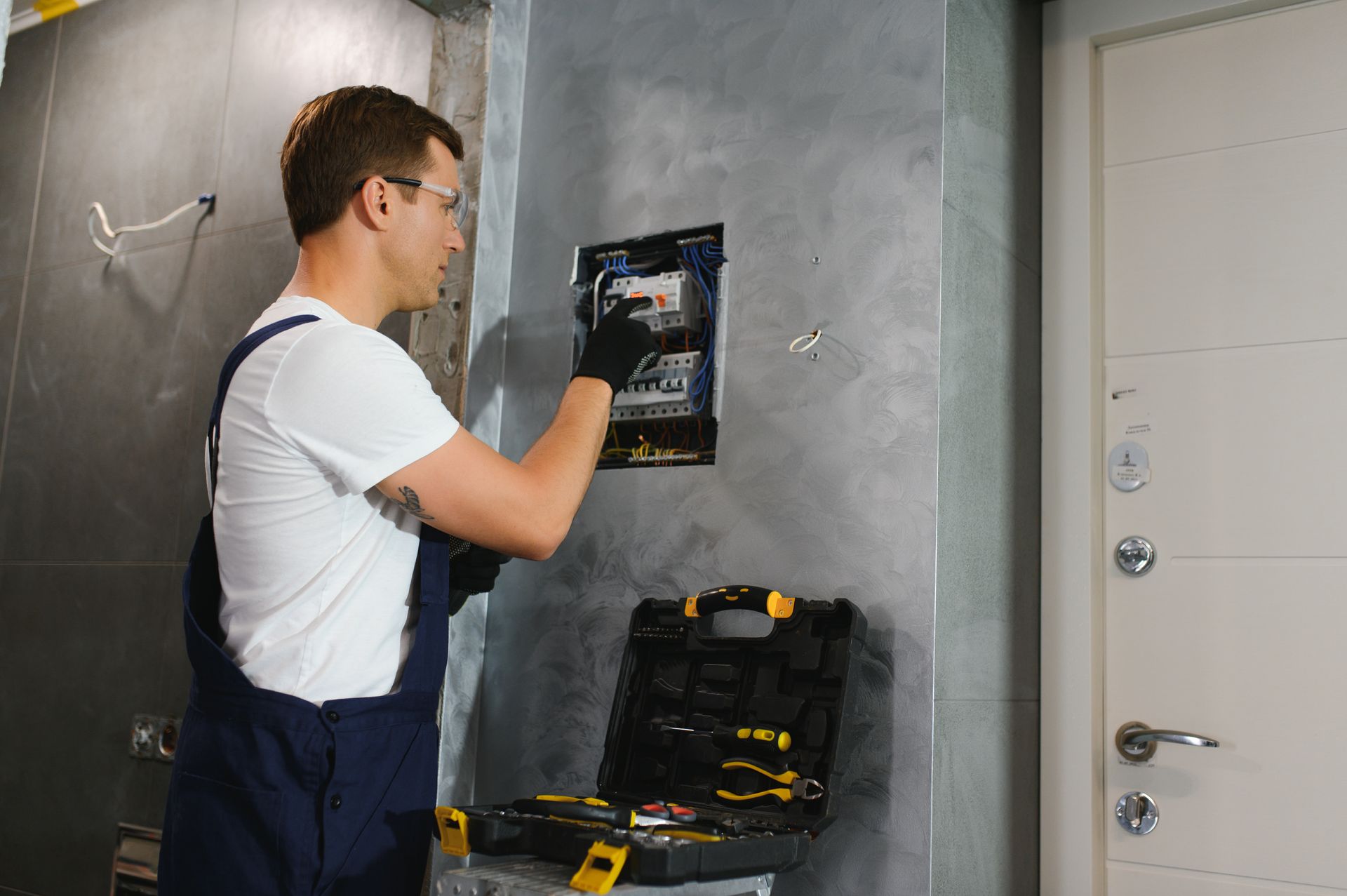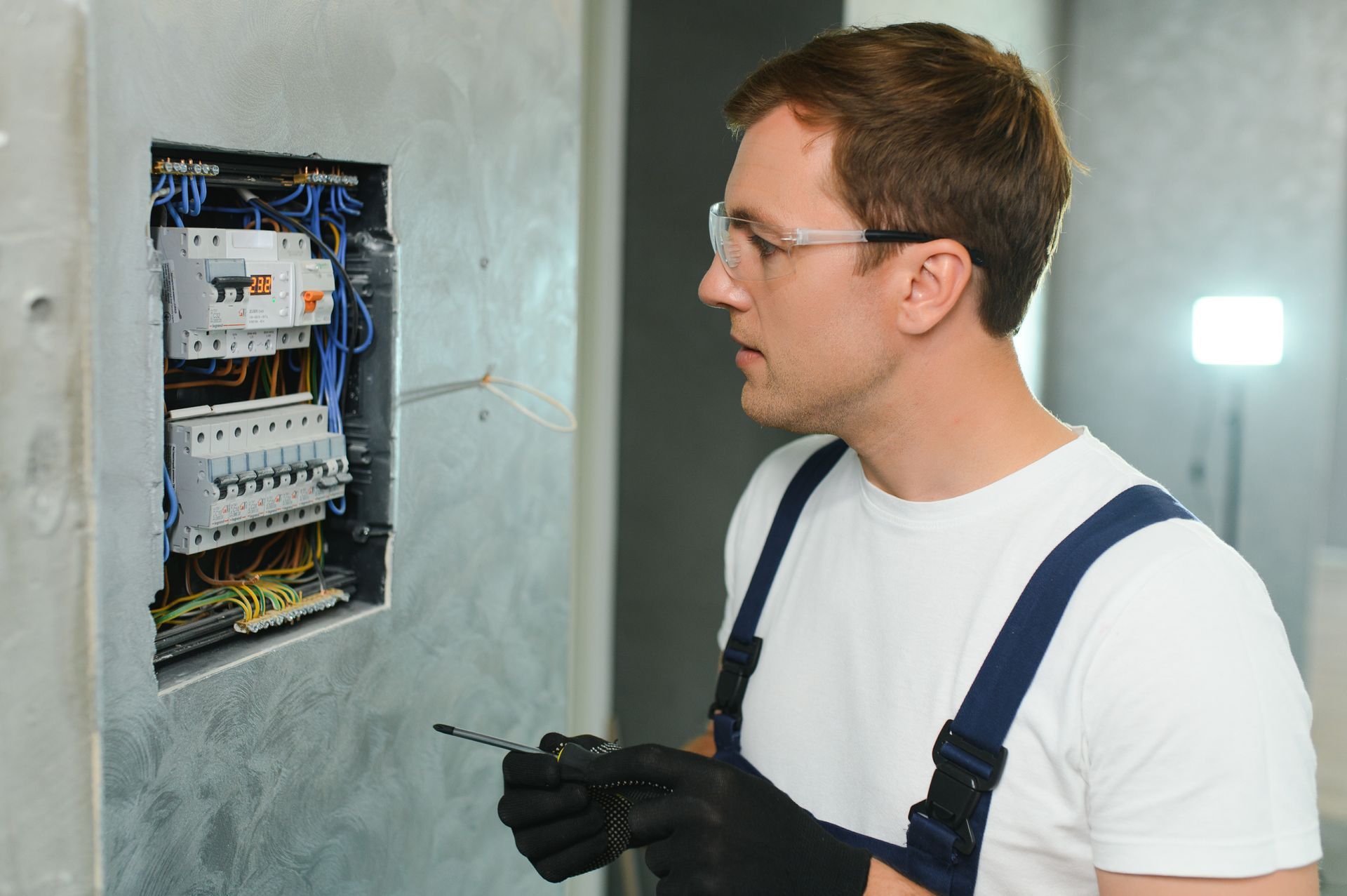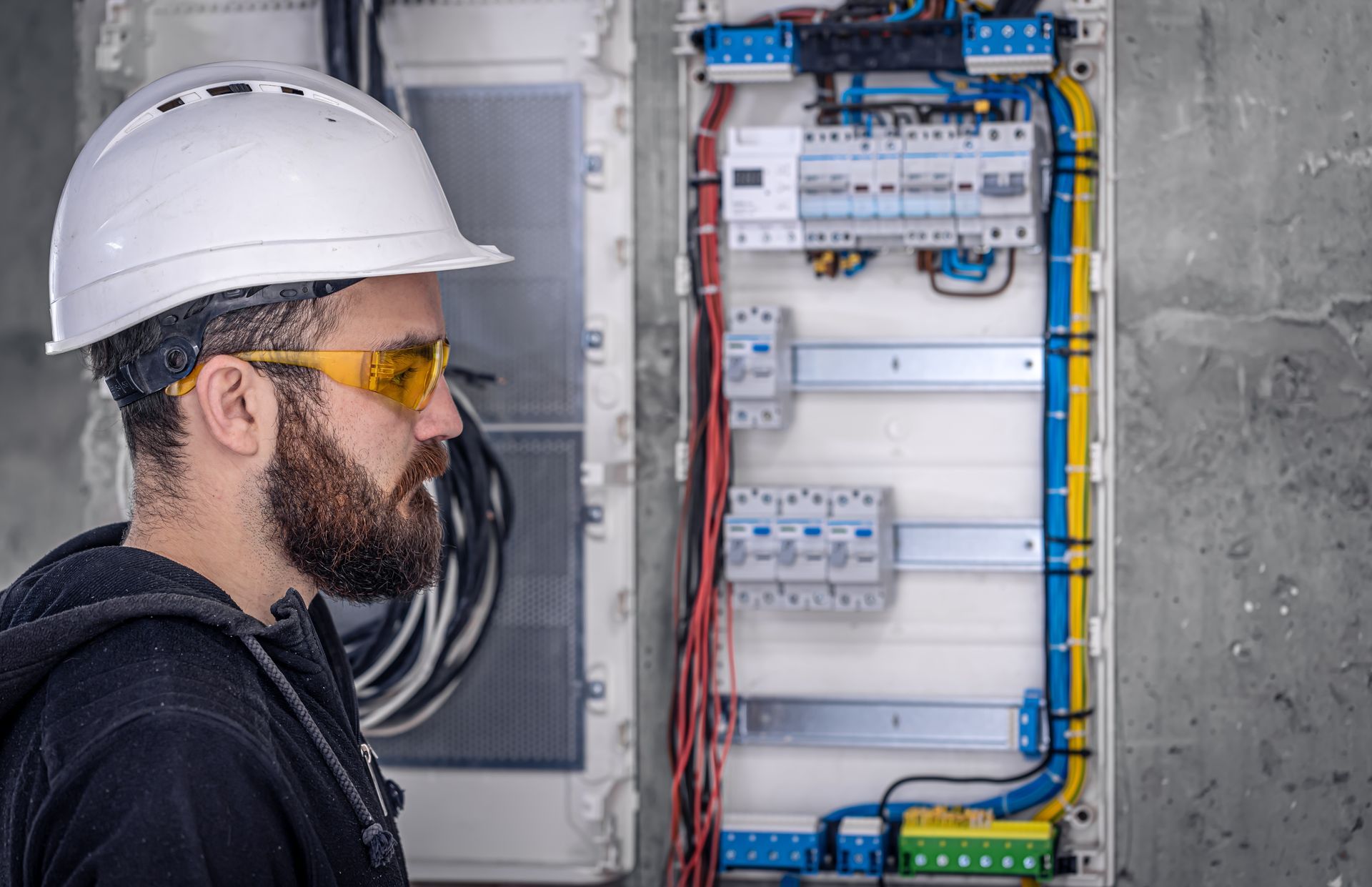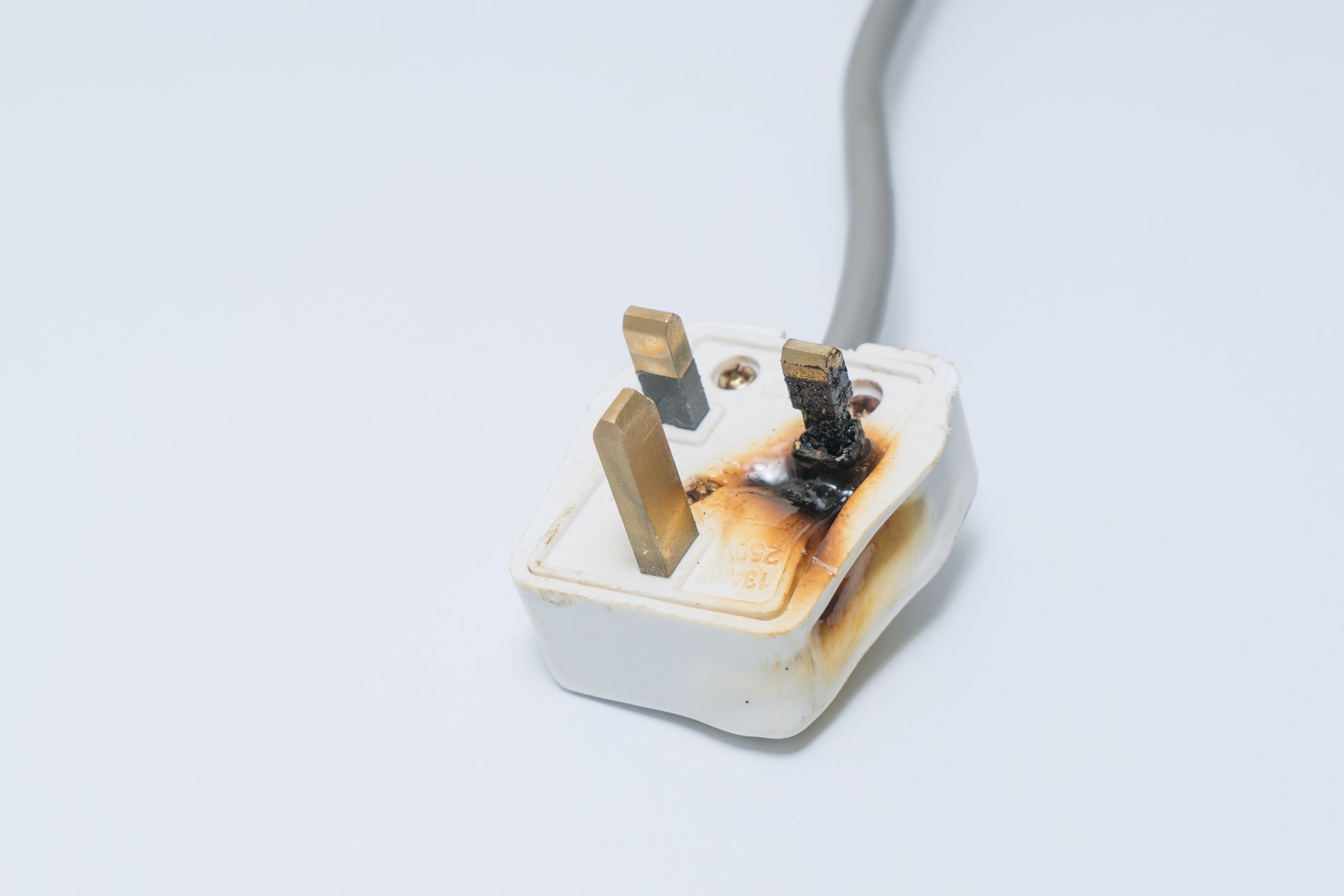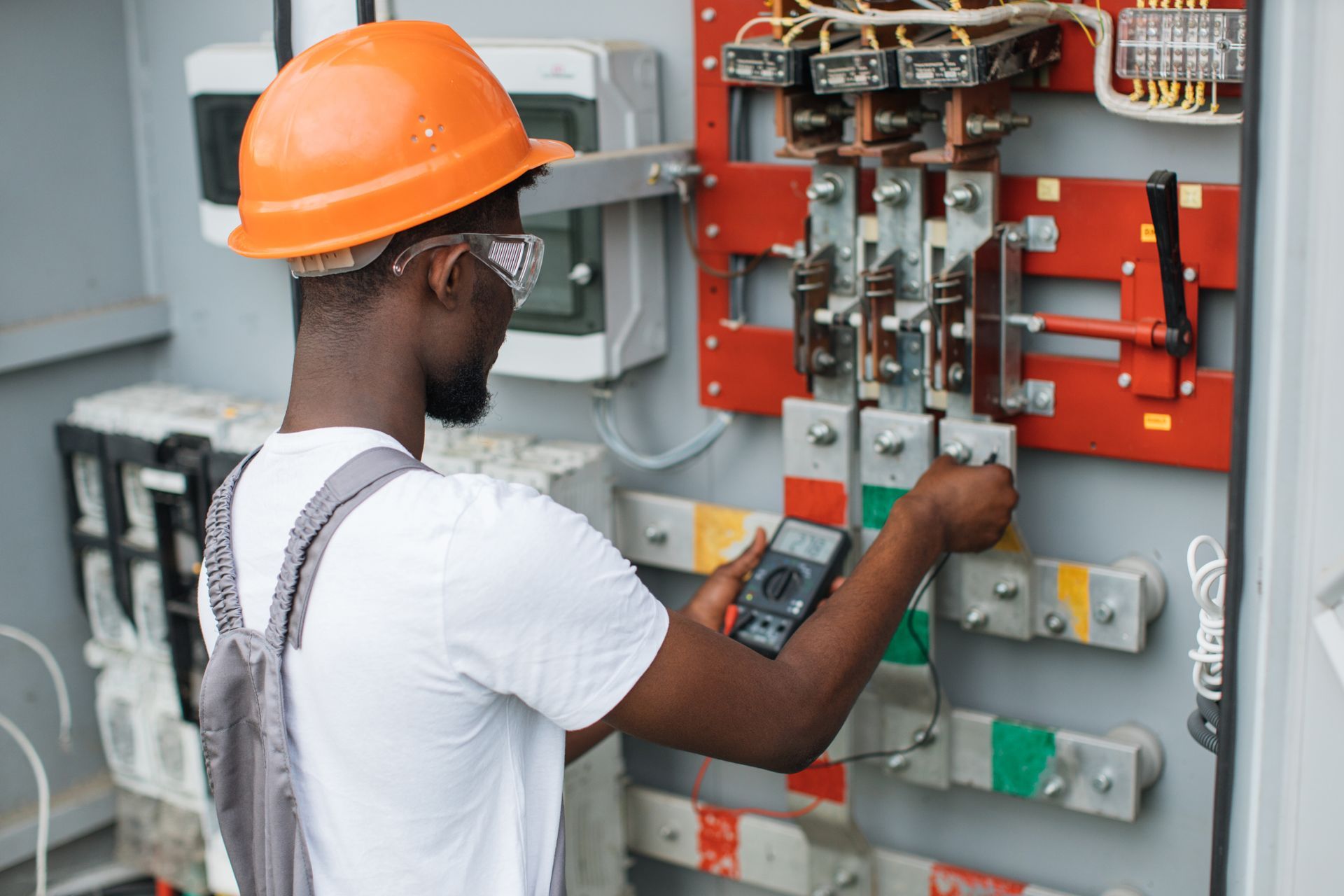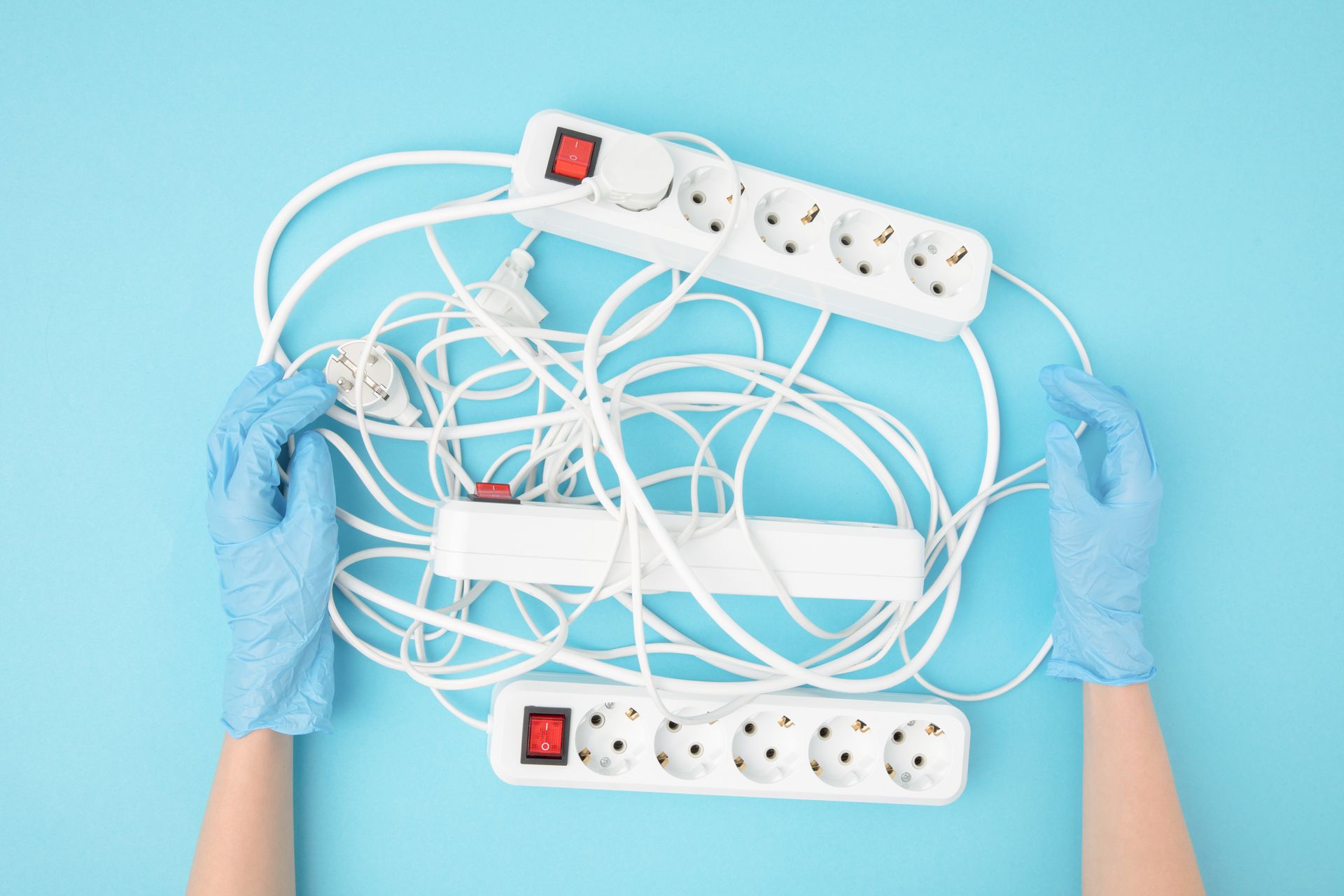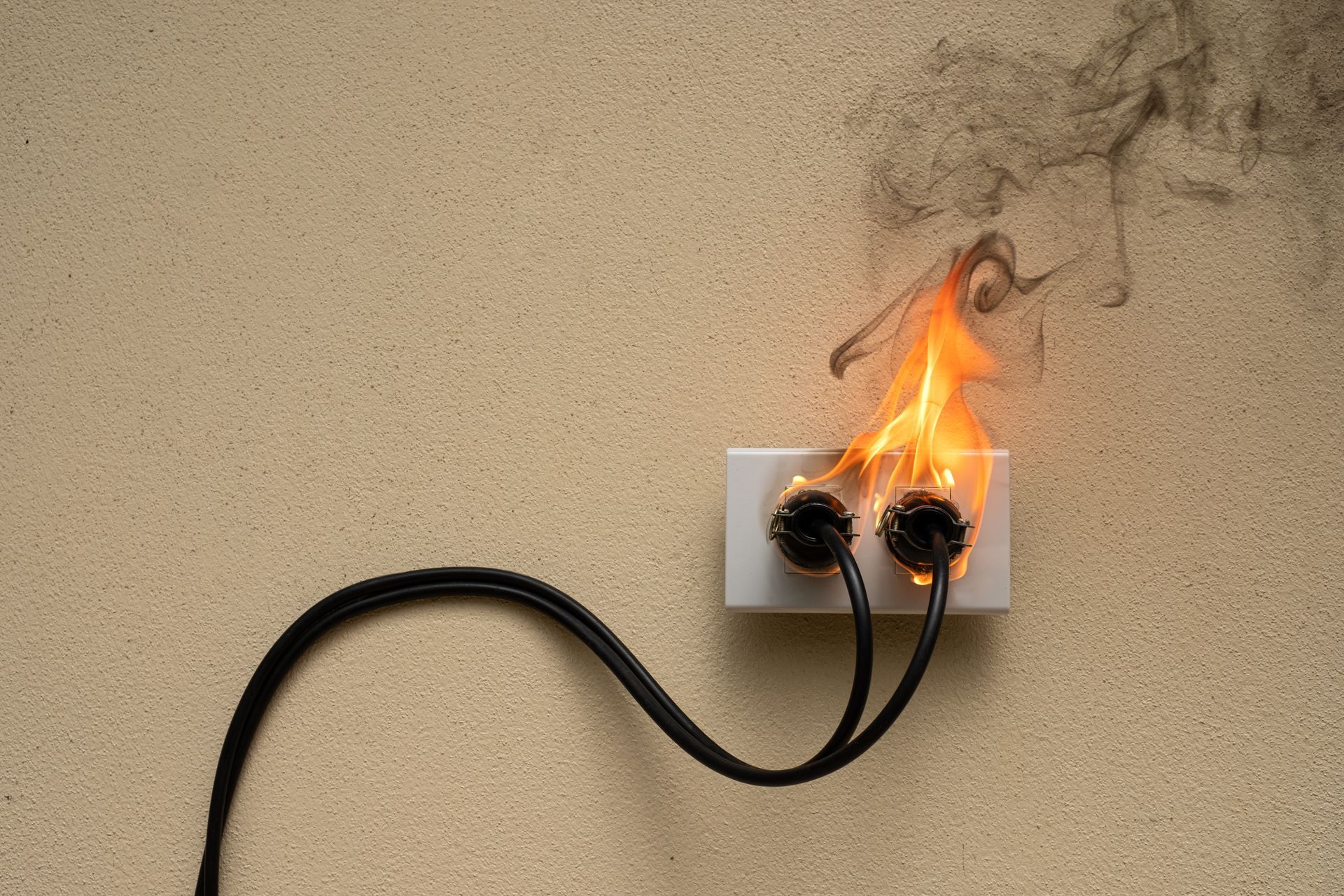Pests at Home That Can Cause Fire Hazards—and How to Prevent Them
Pests at Home That Can Cause Fire Hazards—and How to Prevent Them
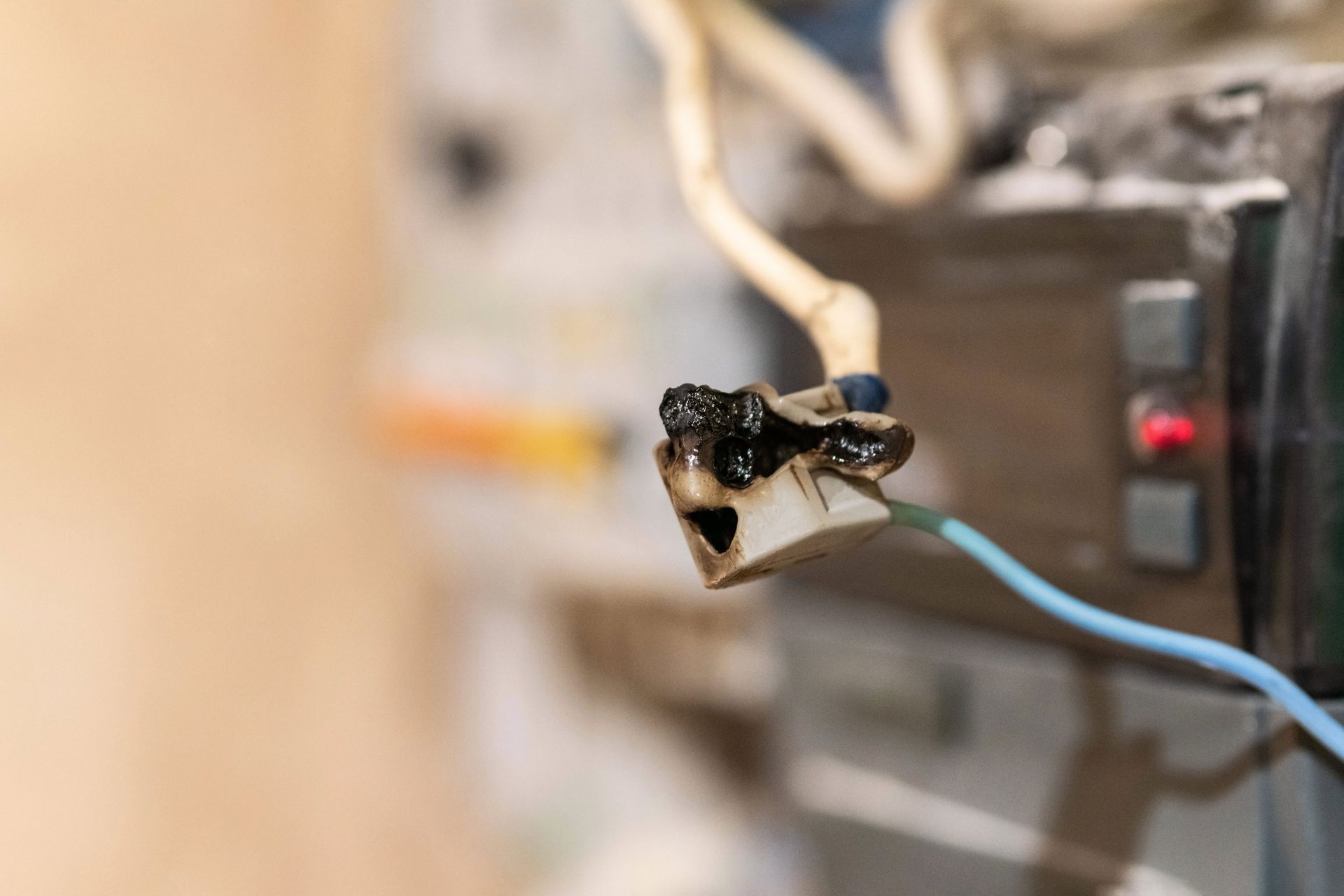
When thinking of fire hazards, most people think of faulty wiring, overloaded outlets, or kitchen mishaps. However, pests can be another overlooked risk factor, especially in homes with older electrical systems. Certain pests not only damage structures and contaminate food but can also cause dangerous electrical issues, potentially leading to fires. Here’s a look at how pests can create fire hazards and what homeowners can do to prevent these issues.
How Pests Create Fire Hazards
- Rodents (Mice, Rats, and Squirrels) Rodents are some of the most common culprits when it comes to electrical damage in the home. With a natural instinct to chew, mice, rats, and even squirrels gnaw on various materials, including insulation, wood, and electrical wiring. Exposed or damaged wires can spark and lead to electrical fires.
- Termites While termites aren’t directly responsible for electrical fires, their damage to wooden structures can create vulnerabilities in areas where electrical systems are embedded. A weakened structure near wiring can cause stress and movement in electrical cables, increasing the risk of wear and tear that can eventually lead to shorts and sparks.
- Ants Surprisingly, certain types of ants are attracted to electrical equipment. For instance, fire ants and carpenter ants can cause problems by nesting inside electrical boxes or around outlets, leading to circuit malfunctions and even short circuits. This behavior can result in overheating, which may lead to fires, particularly if multiple circuits are affected.
- Cockroaches Cockroaches are drawn to warm areas like electrical outlets, breaker boxes, and kitchen appliances. When they nest in these areas, they can lead to short circuits by clogging or damaging electrical systems. Their bodies can conduct electricity, and when enough gather in one spot, it can cause overheating and spark a fire.
- Wasps and Other Nesting Insects Wasps, bees, and other insects sometimes build nests inside or around electrical outlets, outdoor light fixtures, and attic spaces where wiring may be present. Their nests can obstruct airflow, leading to overheating. Additionally, their presence can create a situation where moisture from nesting materials seeps into electrical areas, causing corrosion and increasing fire risk.
Signs of Potential Pest-Related Electrical Hazards
- Unusual Sounds: Scratching or buzzing sounds from inside walls or near outlets may indicate rodents or insects nesting near electrical wires.
- Flickering Lights: This can be a sign that wiring has been compromised, possibly due to pest activity.
- Tripped Circuits: Frequent tripping could indicate that pests have damaged wires, causing circuit overloads.
- Visible Droppings: Rodent droppings near electrical boxes or outlets can indicate nearby chewing activity.
How to Prevent Pest-Related Fire Hazards
- Regular Pest Inspections Schedule regular pest inspections, especially in high-risk areas like attics, basements, and garages. A pest control professional can identify and treat any infestations before they lead to electrical damage.
- Seal Entry Points Prevent pests from entering your home by sealing cracks, holes, and other potential entry points around doors, windows, and vents. Pay particular attention to gaps near utility lines and pipes, as these are common access points for rodents.
- Circuit Mapping for Home Safety Circuit mapping provides a detailed map of your home’s electrical system, helping electricians identify areas where wires may be at risk. This is particularly useful in older homes where pests are more likely to access and damage electrical wiring. Mapping your circuits allows professionals to spot vulnerable areas and prevent potential hazards.
- Routine Electrical Inspections Have a licensed electrician inspect your wiring regularly, especially if you suspect pest activity. They can check for damaged wires, loose connections, and areas that might be vulnerable to future damage, ensuring your electrical system remains safe.
- Install Rodent-Proof Mesh Around Wiring For homes prone to rodent infestations, consider installing rodent-proof mesh around accessible wiring. This mesh acts as a barrier, protecting wires from being gnawed on by curious critters.
- Keep the Home Clean and Tidy Pests are attracted to food scraps, garbage, and clutter. Keep your home clean, especially the kitchen, and store food in airtight containers to prevent infestations. Keeping clutter to a minimum also reduces potential nesting sites.
- Invest in Professional Pest Control Measures If you live in an area prone to pests like ants or rodents, investing in professional pest control is wise. Preventative treatments can keep pests from ever reaching your electrical systems, significantly reducing fire hazards.
Why Prevention Matters
While pests might seem like minor nuisances, their impact on home safety can be severe if left unchecked. When they interfere with electrical systems, they transform from an annoyance to a serious hazard, threatening your home and family. By taking proactive steps to prevent pest-related damage to your electrical wiring, you protect your property, reduce fire risks, and gain peace of mind.
Partner with TraceTech Solutions for a Safer Home
TraceTech Solutions offers comprehensive circuit mapping services to help you safeguard your electrical systems. With circuit mapping, you’ll gain insight into your home’s wiring structure, allowing for quicker repairs and maintenance if pest-related issues arise. We’re here to support your home safety and provide expert recommendations tailored to your needs.
Protect your home from the hidden dangers of pest-related electrical hazards—schedule an inspection and consider circuit mapping today for a safer tomorrow.


